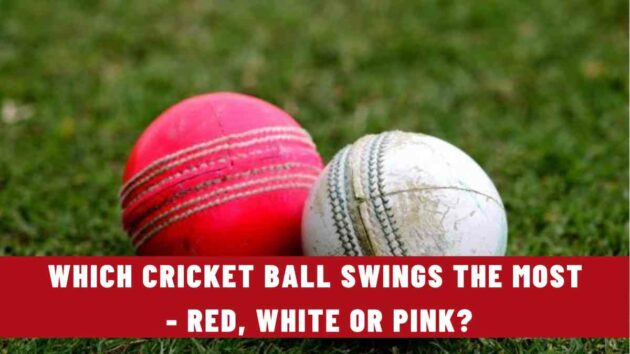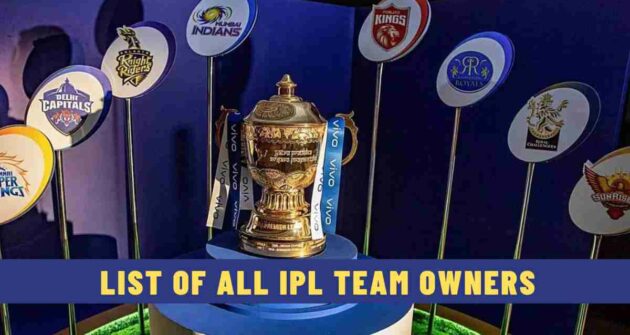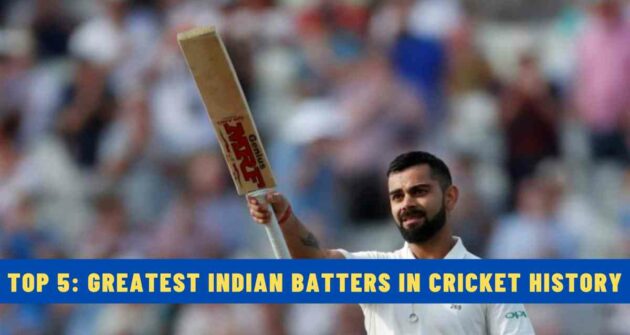The cricketing world has witnessed many changes since the game was introduced in the 16th century. ‘The Gentleman’s Game’ witnessed Test cricket but later the limited-overs format was introduced. The introduction of T20 cricket made the game all the more fast-paced and exciting.
Alongside this, the game’s technical aspects also witnessed changes, with different types of balls being used in different formats. Earlier, only red balls were used in Test and ODI formats, but later on, the ODIs and T20s witnessed the use of white balls as they were visible in day and night games.
When it comes to day and night Tests, which started almost a decade ago to make Test cricket more exciting, pink balls are used as red balls aren’t visible during the night as they match the pitch’s colour.
Amidst this, there is this question that is debated among fans: which ball swings the most — red, white, or pink?
The nature of the pitch, the playing conditions, and the science behind how the balls are manufactured play an important role in this. We take a look at these factors in detail:
Analysing Red, White and Pink Cricket Balls
As we all know, red balls are the mainstay when it comes to the five-day format, while when it comes to the ODI or T20 formats, white balls have been the preferred choice since the start of the 21st century.
The white balls are used so that they can be visible for the players as well as viewers at night, while pink balls are used so that they are visible in day/night Tests.
Factors that are Responsible for Swing
For white balls, alum-tanned leather is used, while for red balls, dyed leather is used. For pink balls, both synthetic and linen materials are used.
Red balls aid in swinging more due to the dyed leather, as they help the seamers grip the ball easily and help in movement through the air as well as off the wicket after pitching. The red balls are conducive for reverse swing as well, as they deteriorate early.
When it comes to white balls, it is difficult to get the movement off the air after it gets old, but when the ball is new, skilful bowlers have managed to get the swing and movement.
The pink ball swings even after 40 overs as it possesses PU coating. Hence, pink balls swing more than the red and white balls. Dew is another factor where pink balls play an important role, as the linen on the pink balls soaks up the dew, which makes it easier for the bowlers to grip and control the swing.
Pink balls are more effective than red balls when it comes to aiding the bowlers who rely on late swing after the wicket gets worn off.
Weather and Pitch Conditions Playing a Role in Swing
Both these factors are crucial for swing bowling. Overcast conditions, moisture content, and enough grass cover on the wicket are crucial for the swing and movement. These factors help the pacers grip the ball easily.
Humidity and air pressure also play an important role in getting late movement when there is moisture in the air. When the conditions are dry and sunny, it becomes difficult for the pacers to get the movement. Wickets that are flat and dry also don’t help the bowlers get the swing, thus helping the batters score runs easily as the ball comes on the bat easily.
Read Next | What is a Drop-in Pitch in Cricket? – Explained











